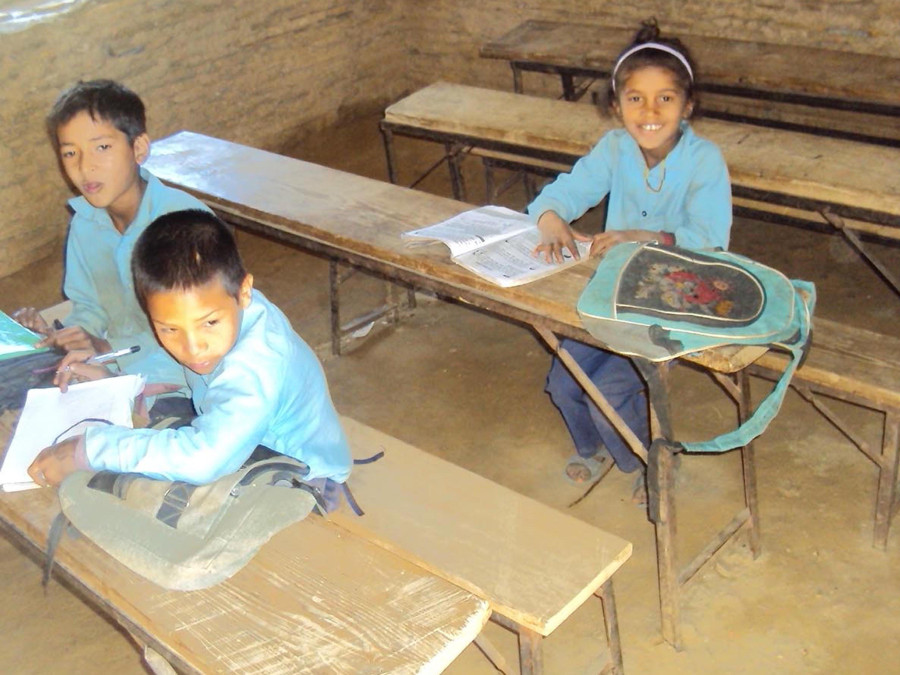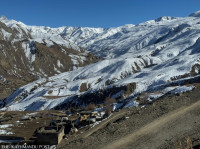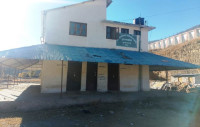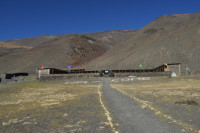Karnali Province
Student number dwindling in Salyan’s community schools
Guardians’ preference for private schools over community schools is contributing to the decrease in students’ number.
Biplab Maharjan
There are three teachers and a child development facilitator at Janakalyan Basic School in Sharada Municipality, Salyan. The Talnomarke-based school runs classes up to grade three and has only three students in total. Similarly, Hingbare Basic School in Kalimati, which runs classes up to grade three, also has only three students enrolled in the current academic year.
The data available at the Education Development and Coordination Unit shows that the student enrollment number is decreasing in the community schools of Salyan. In the academic year 2017/18, there were altogether 39,787 students enrolled in the district’s community schools. The number dwindled to 32,912 in the year 2018/19. In the current fiscal year that began from mid-April, there are altogether 30,593 students admitted to the community schools of Salyan.
Due to the lack of students, some of the district’s community schools have already closed down, few others have merged, and some are on the verge of closure. According to the Education Development and Coordination Unit, a dozen community schools were merged with other schools, around three dozen schools were degraded while a dozen schools were closed in the past few years.
The decrease in the number of students in community schools is attributed to various factors—the guardians’ preference to send their wards to schools in towns and cities outside the district and the overall preference of private schools over community school.
Bimala Rokka of Paiyakharka decided to move her two children from Kalika Basic School, a Madana-based community school, to a private school three years ago.
“We made the decision because the quality of education in the community school was unsatisfactory. And I felt the teachers were apathetic towards the students’ needs,” Rokka said. Her children are now studying in grade 5 and 6 at a private school in Khalanga, the district headquarters.
Education experts said that the major reasons behind the dwindling number of students in community schools are traditional teaching methods, lack of modern teaching materials, shortage of teachers and Nepali language-based teaching.
“The number of students, especially in the primary level, is sharply decreasing in community schools, as they fail to provide quality education to children,” said Dilli Bahadur Bhandari, a social worker involved in education development in Salyan. Bhandari argued that the local government should work effectively to monitor the district’s community schools and impart quality education.
Meanwhile, the district’s community schools say the local units have failed to prioritise quality education the district’s schools.
Leela Thapa, principal of Nepal Rastriya Basic School in Kalchedanda, said the local unit has failed to promote community schools among locals.
“There were around 100 students in our school seven years ago. Now we have only 45 students. Currently, I am the only teacher at the school. The school lacks good physical infrastructure and education materials,” Thapa said.
Dal Bahadur Rana, chief of the education unit in Tribeni Rural Municipality, said it was difficult to improve the quality of education in community schools, as most guardians preferred to enroll their wards in private schools.
“The student number is low in most community schools. As a result, the government’s grant is also very low,” Rana said. “The local unit has been providing assistance to the community schools and the quality of education in these schools has improved.”




 7.12°C Kathmandu
7.12°C Kathmandu










